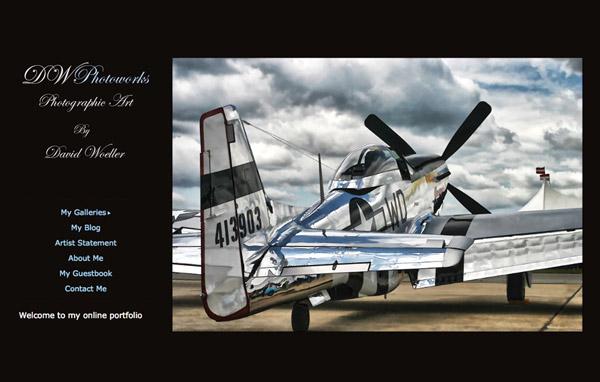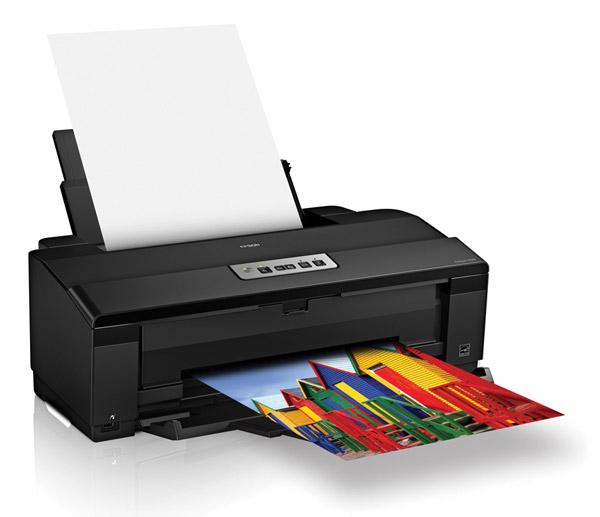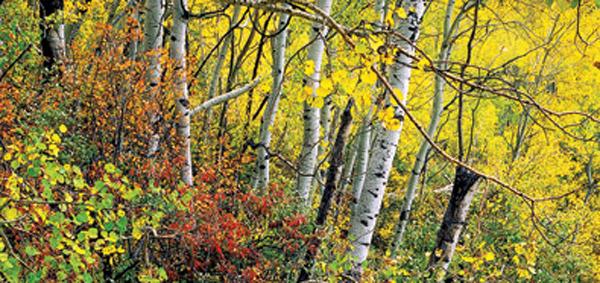Joe Farace
|
Jan 24, 2013 |
First Published: Dec 01, 2012
|
Jan 23, 2013 |
First Published: Dec 01, 2012
|
Jan 11, 2013 |
First Published: Dec 01, 2012
|
Jan 03, 2013 |
First Published: Nov 01, 2012
|
Dec 26, 2012 |
First Published: Nov 01, 2012
|
Nov 30, 2012
|
Nov 29, 2012
|
Nov 28, 2012 |
First Published: Oct 01, 2012
|
Nov 27, 2012 |
First Published: Oct 01, 2012









 Portrait lighting sources have 4 major characteristics: color, direction, quantity and quality. When working with any light source, from speedlights to moonlights, the best way to improve the quality of your lighting is with modification devices such as an umbrella or a lightbank. Each one has their own advantages and disadvantages. But no matter which one you chose, each device is governed by this important rule. The closer a light source is to the subject the softer it is; the further away the light source is, the harder it becomes.
Portrait lighting sources have 4 major characteristics: color, direction, quantity and quality. When working with any light source, from speedlights to moonlights, the best way to improve the quality of your lighting is with modification devices such as an umbrella or a lightbank. Each one has their own advantages and disadvantages. But no matter which one you chose, each device is governed by this important rule. The closer a light source is to the subject the softer it is; the further away the light source is, the harder it becomes. 
